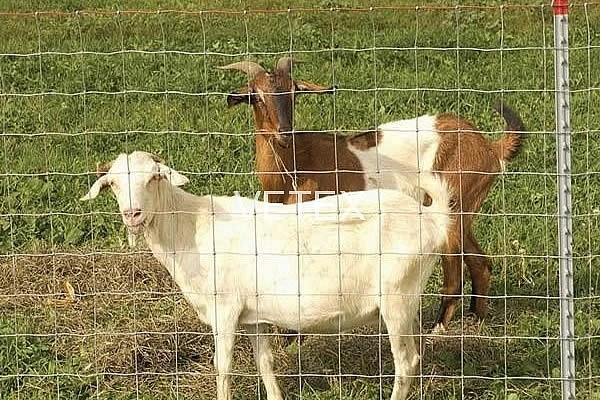 TEL:
+86-13102802206
TEL:
+86-13102802206
 Email:
fencenetting@china.com
Email:
fencenetting@china.com
 Language
Language
 TEL:
+86-13102802206
TEL:
+86-13102802206
 Email:
fencenetting@china.com
Email:
fencenetting@china.com
 Language
Language


Aluminium Mosquito Net for Windows A Modern Solution to an Age-Old Problem
Mosquitoes have been a nuisance to mankind for centuries, spreading diseases and causing discomfort with their incessant buzzing and biting. As urban environments expand and natural habitats are encroached upon, the prevalence of mosquitoes in our living spaces continues to rise. Fortunately, the advancement of technology has led to effective solutions for this age-old problem, one of which is the installation of aluminium mosquito nets for windows. This article delves into the features, benefits, and practicality of using aluminium mosquito nets as a modern solution to keep your home safe and comfortable.
Why Choose Aluminium?
Aluminium is increasingly becoming the material of choice for various home improvement projects, including mosquito nets. Its lightweight nature, resistance to corrosion, and ease of maintenance make it an ideal candidate for window fittings. Unlike traditional materials like wood or plastic, aluminium does not warp, rot, or rust, ensuring longevity even under the harshest weather conditions. This durability translates into cost savings in the long run, as homeowners will not need to replace or frequently repair their window fittings.
Design and Aesthetics
Aluminium mosquito nets can be crafted in various designs that complement the architecture of your home. Unlike bulky traditional mesh options, aluminium nets are sleek and discreet, preserving the aesthetic appeal of your windows. They are available in a range of finishes, including powder-coated options that allow homeowners to match the netting with their window frames. This design versatility means that while they are highly functional, they do not compromise the visual integrity of your living space.
Effective Protection Against Pests

The primary function of aluminium mosquito nets is to act as a barrier against insects. These nets are specifically designed to prevent even the smallest pests from entering your home while allowing fresh air and natural light to circulate freely. Unlike chemical repellents that pose health risks and can be ineffective over time, aluminium nets provide a sustainable option for pest control. This is particularly useful during the summer months when windows are typically opened to let in fresh air.
Easy Installation and Maintenance
Installing aluminium mosquito nets is a straightforward process. Many manufacturers offer custom sizes tailored to the dimensions of your windows, making installation as simple as measuring and fitting. Depending on the design, many nets can be removed easily for cleaning or for seasonal adjustments. Maintenance is minimal; a quick wipe with a damp cloth is usually sufficient to keep them looking new. Unlike traditional wooden frames that may need regular painting or treatment, aluminium requires little more than surface cleaning.
Eco-Friendly Option
In recent years, the importance of sustainability has taken center stage in home improvement choices. Aluminium is a recyclable material, and many manufacturers prioritize eco-friendly practices. By choosing aluminium mosquito nets, homeowners contribute to reducing waste and promoting sustainable building materials. Additionally, reducing the reliance on chemical insecticides aligns with the growing movement towards eco-friendly pest control solutions.
Conclusion
Aluminium mosquito nets for windows represent a modern, effective, and sustainable solution to an ongoing problem faced by many households. With their durability, aesthetic appeal, effective pest control, easy installation, and environmental benefits, they check all the boxes for practical home improvements. As we continue to prioritize health and comfort in our living spaces, investing in aluminium mosquito nets is a wise choice that offers peace of mind in protecting families and homes from unwanted pests. In an era where convenience meets sustainability, these nets emerge as a formidable ally in our quest for a mosquito-free environment, allowing us to enjoy fresh air without the disruption of intruding insects.